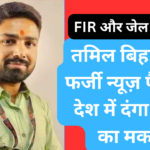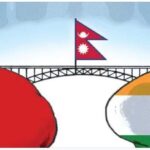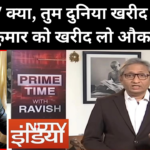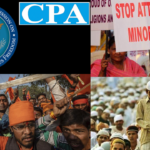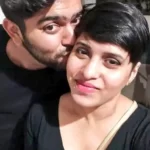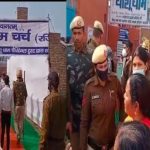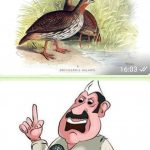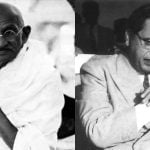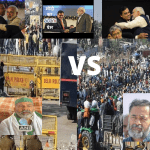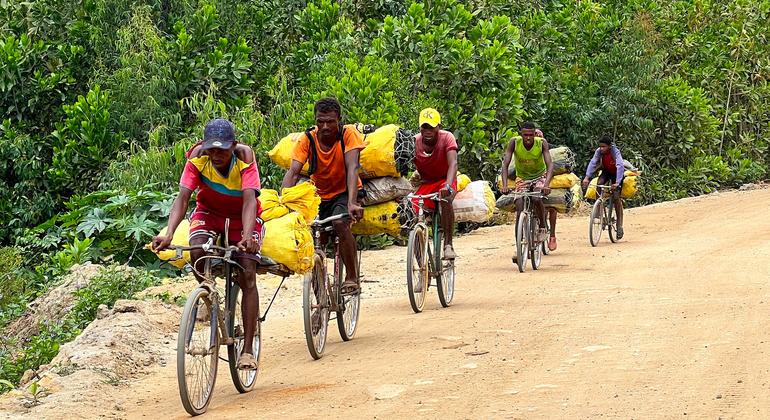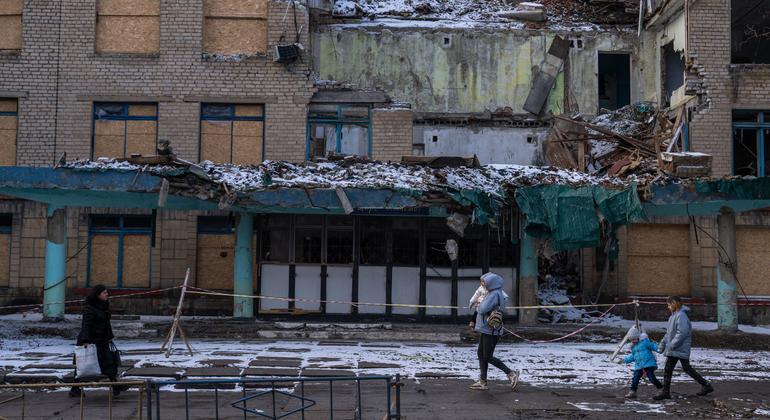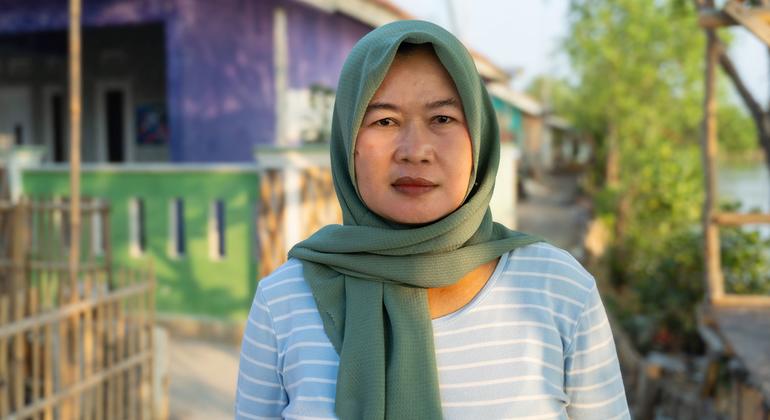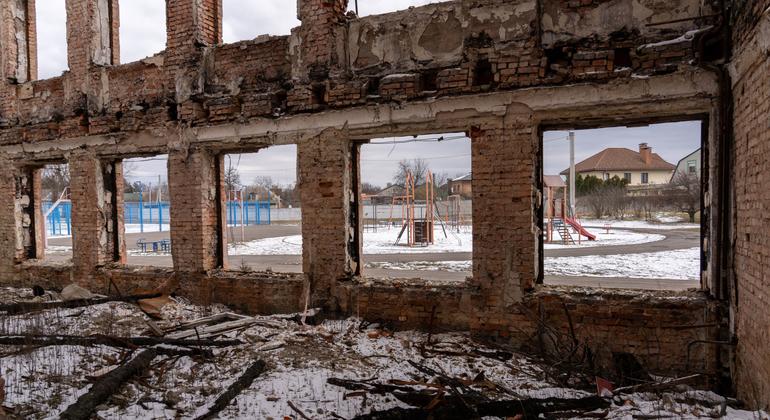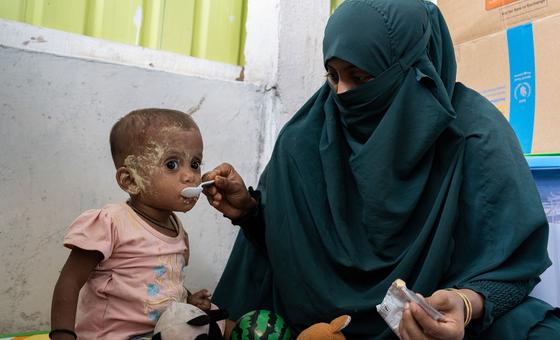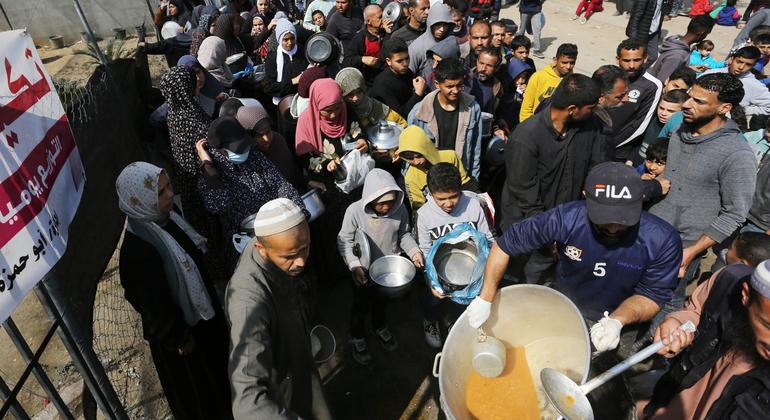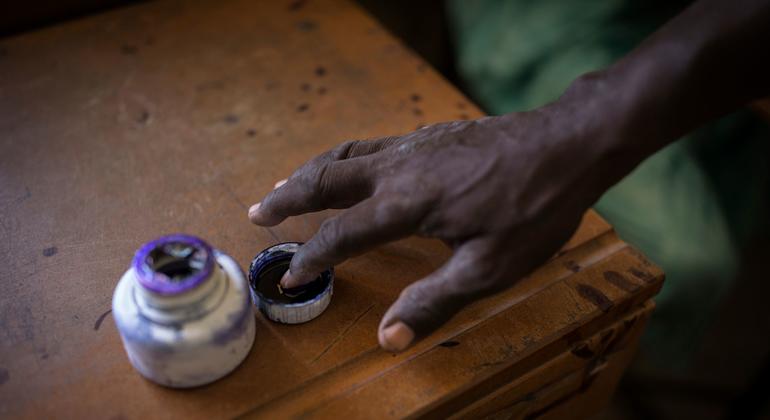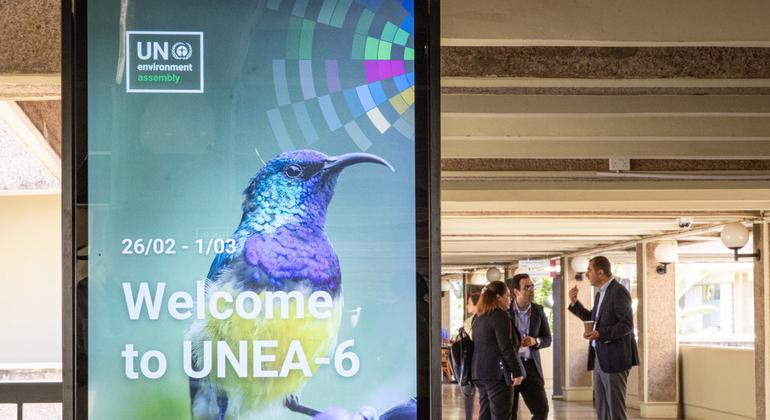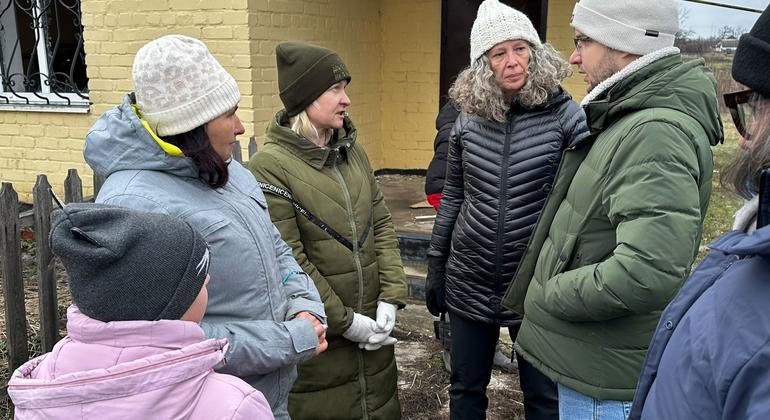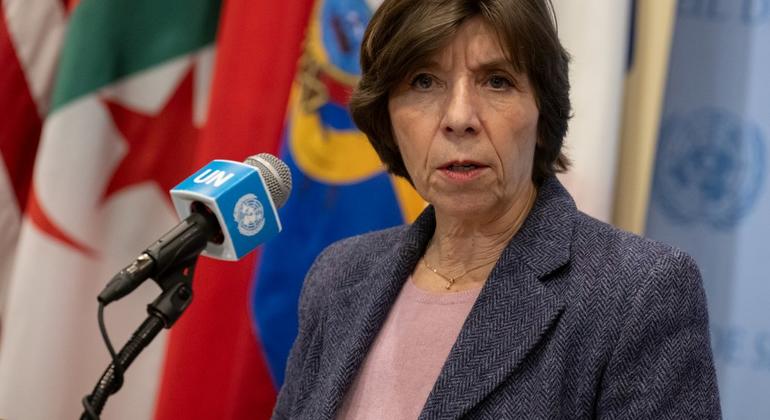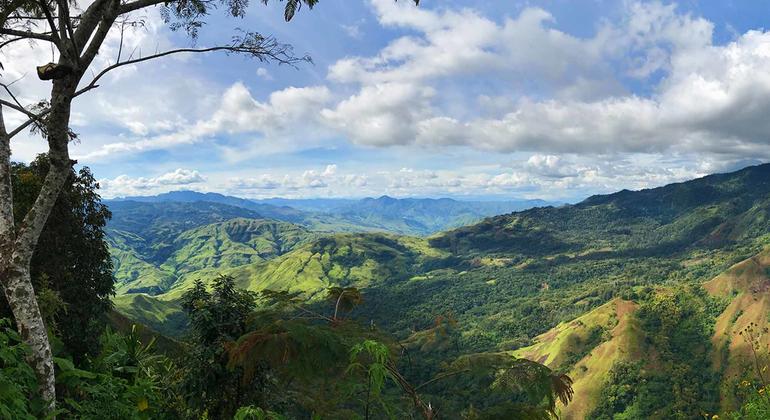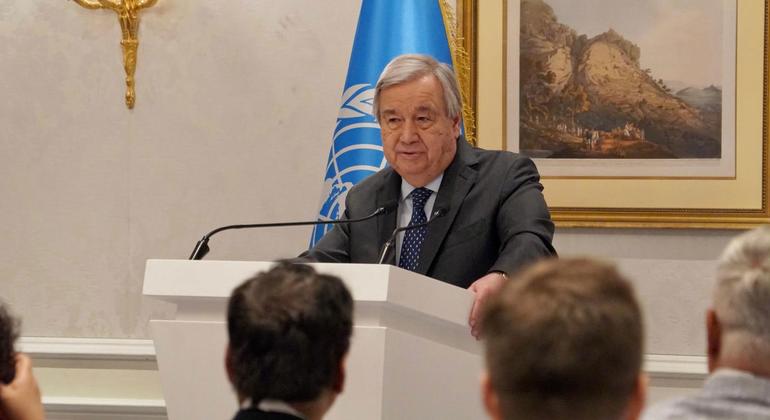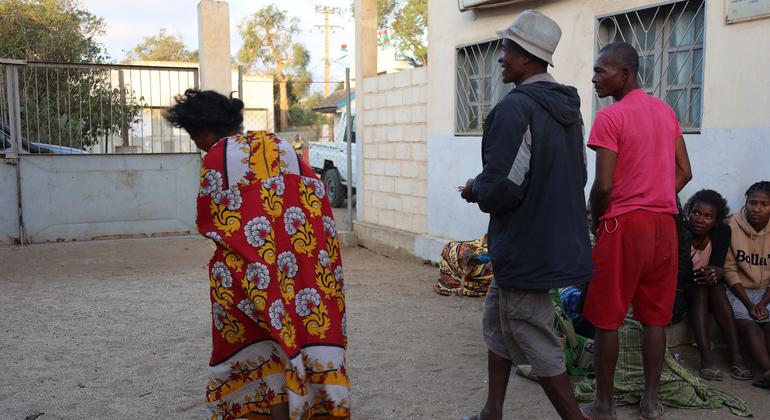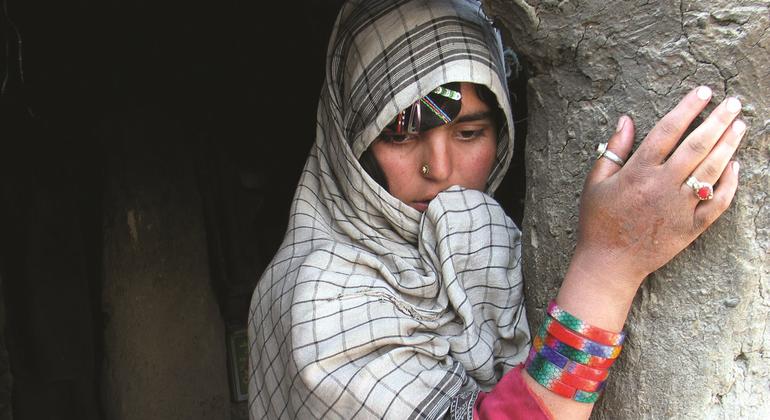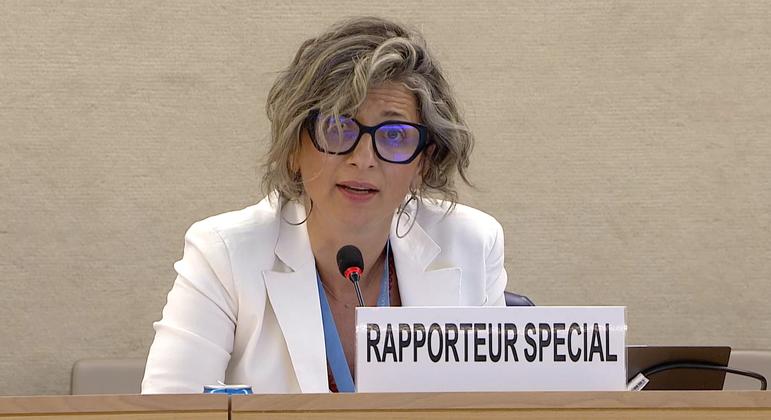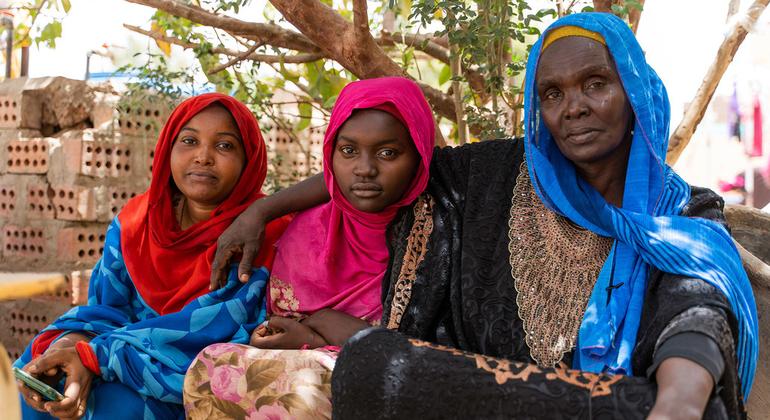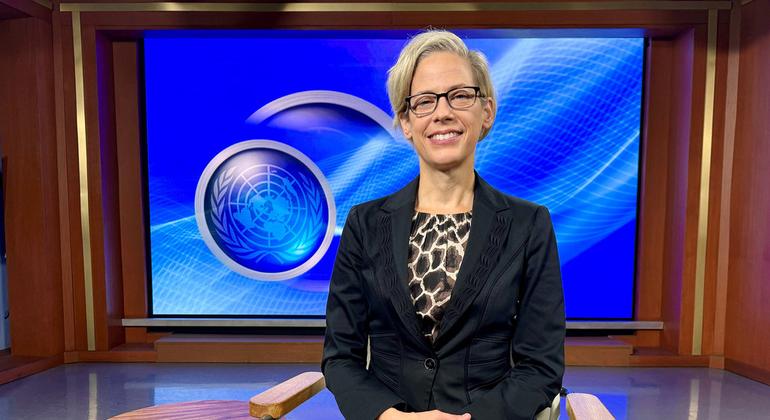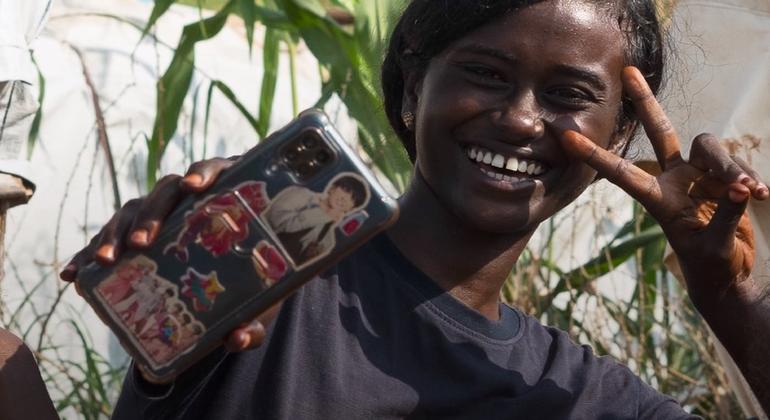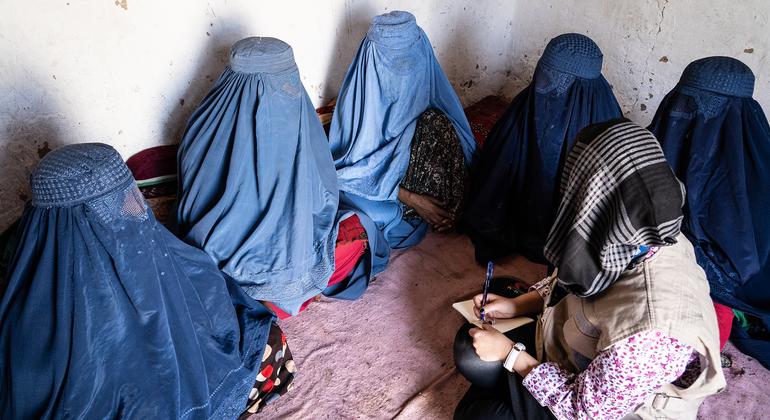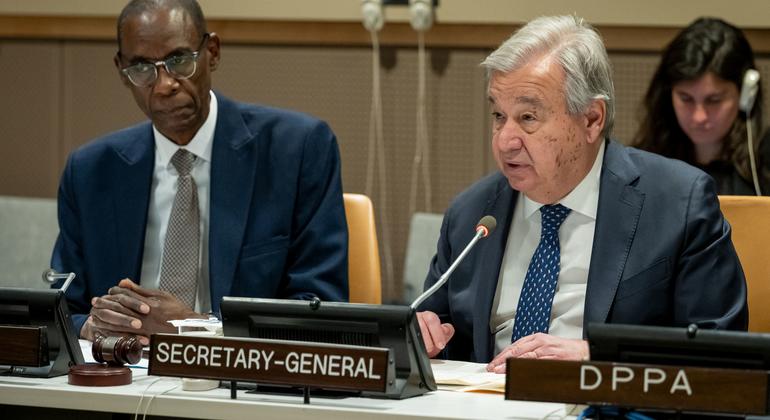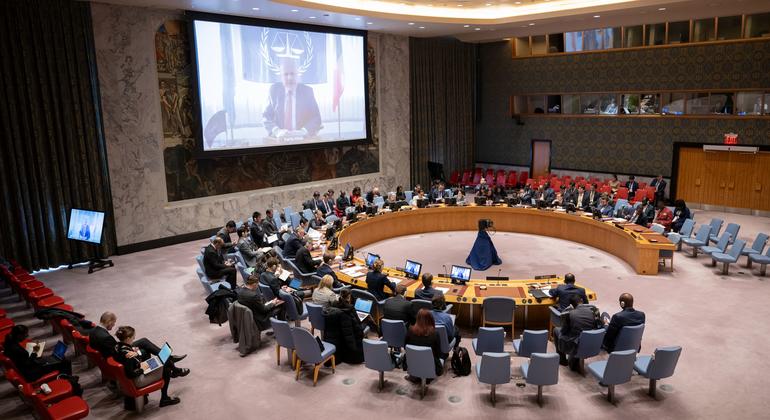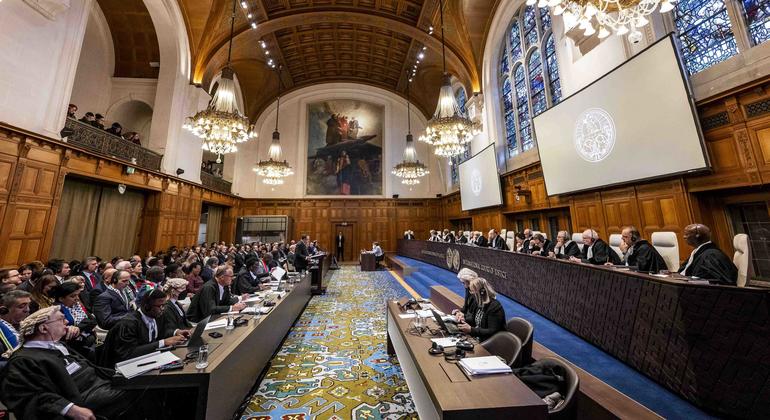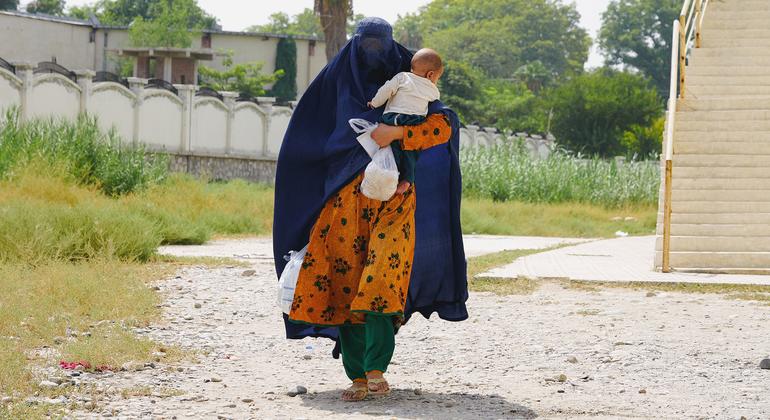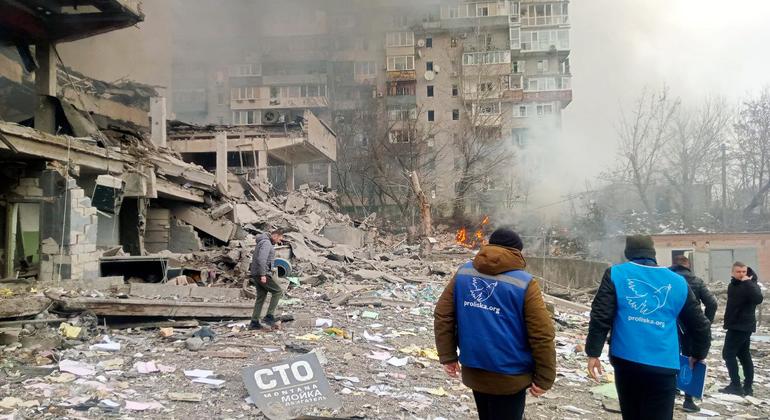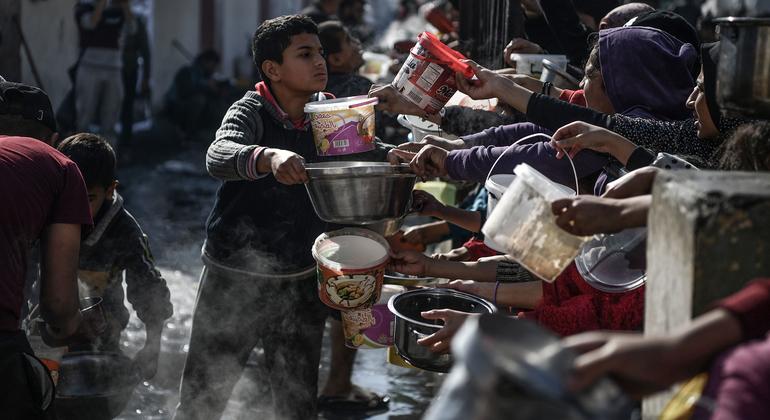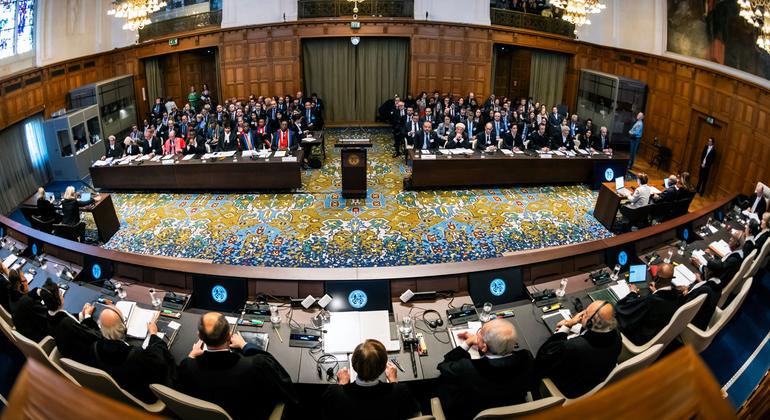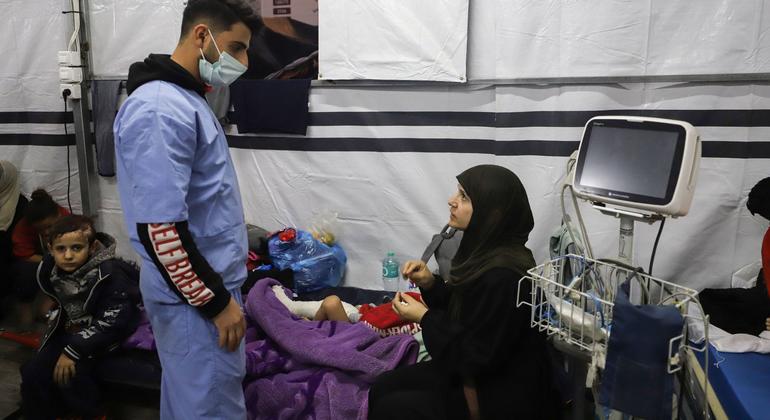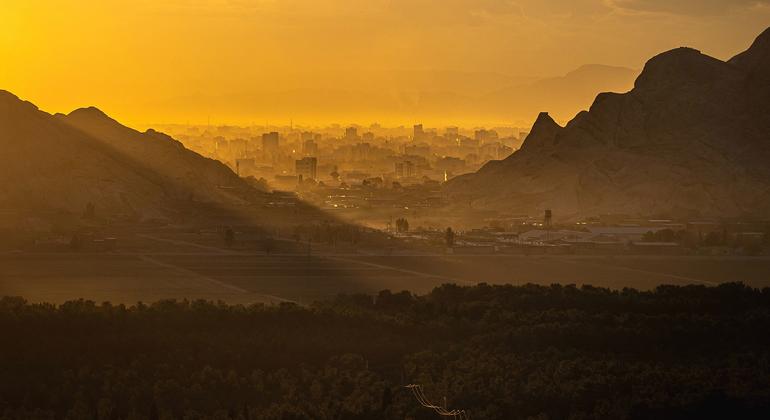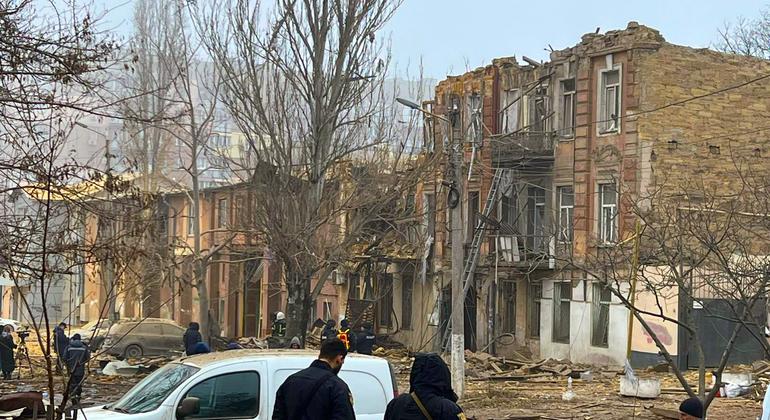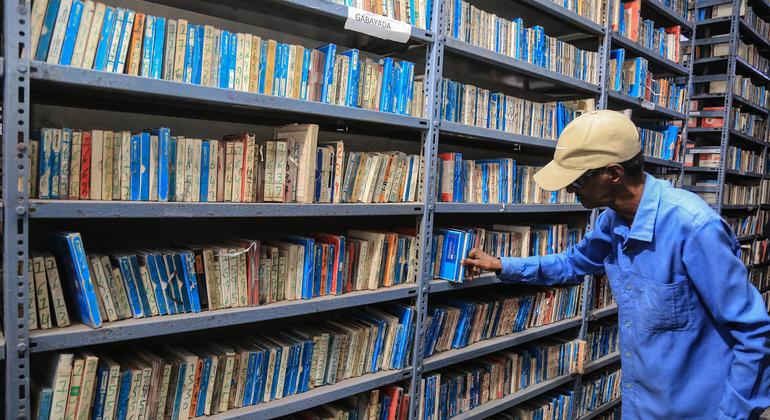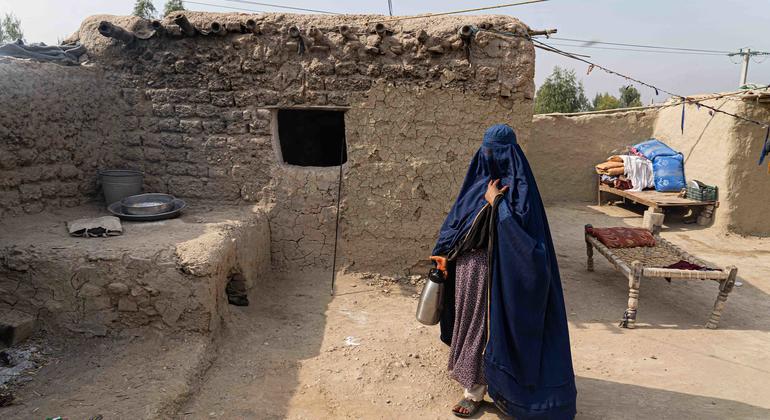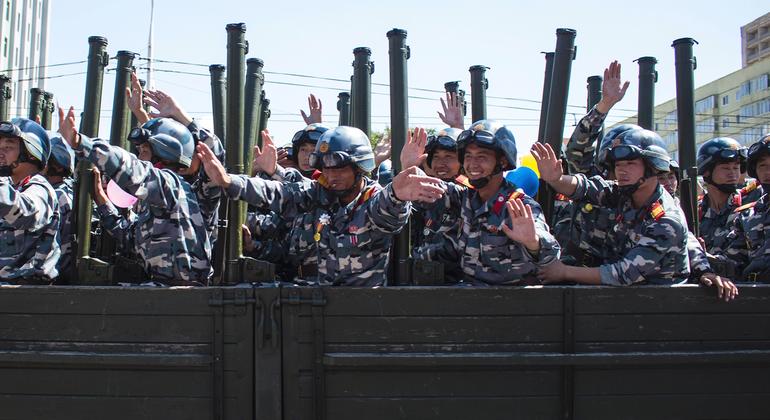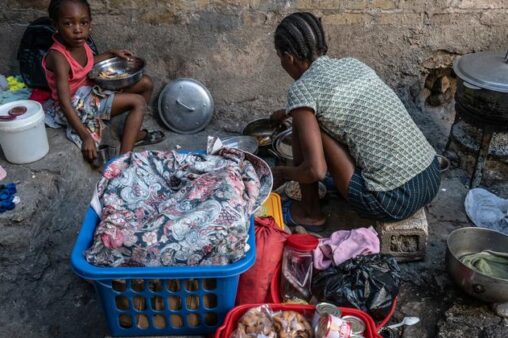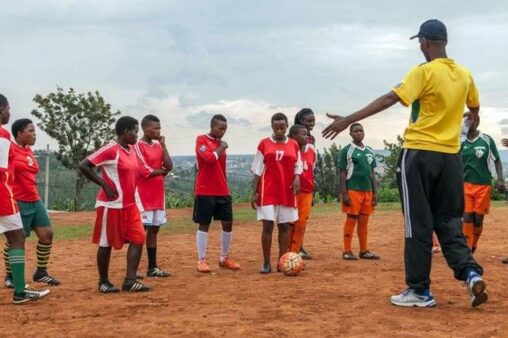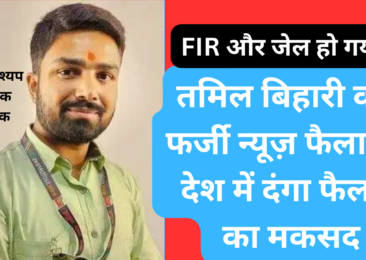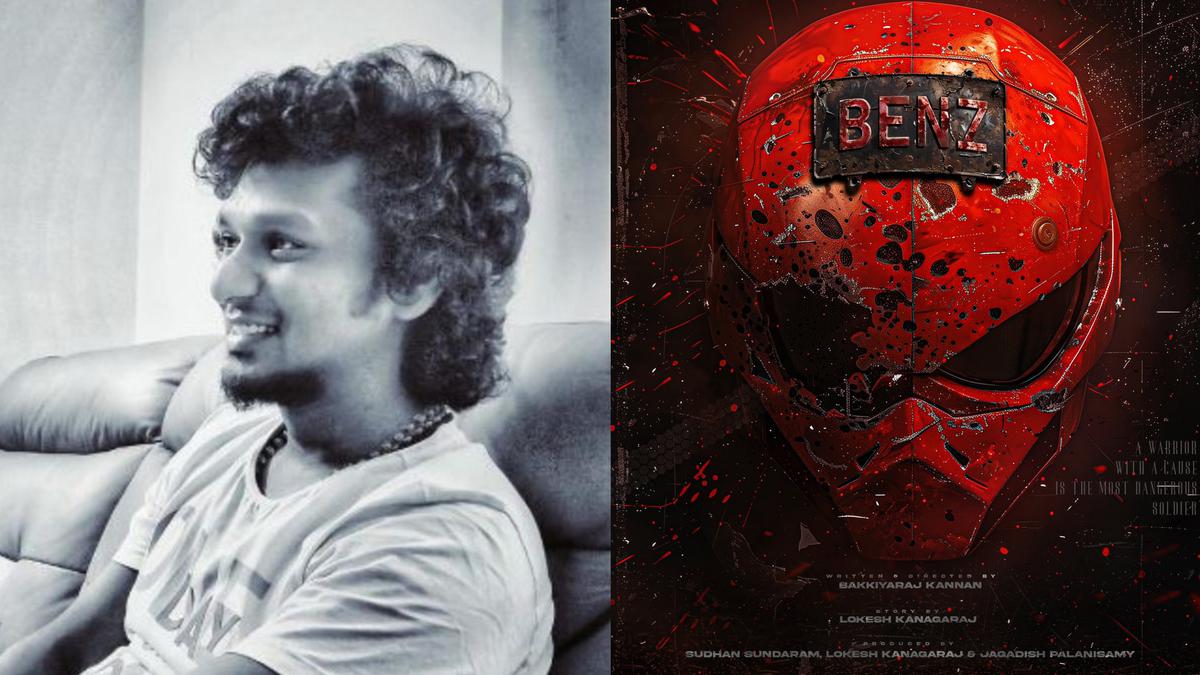Where are the writers in Kannada cinema?
[ad_1]
A stellar performance by actor-director Rishab Shetty, combined with technical mastery of the crew, produces a stunning climax in Kantara. But an earlier conversation in the much-celebrated ecological drama is as powerful as its many visually-appealing sequences.
In the film’s last act, the protagonist Shiva, who is a carefree and feisty young tribal man, enters the house of a feudal landlord (Achyuth Kumar) with confidence. You hear a piercing screech as Shiva, a lower caste tribal, drags a chair to sit across the dining table from the treacherous man. The landlord’s annoyance is apparent when he sees Shiva serving himself food as an equal. “You have entered our house. Then, why can’t we?” Shiva questions the landlord, who is scheming to grab the land from the natives.
This scene is a fine example of the plant and payoff technique in screenwriting. Anirudh Mahesh, one of the writers of Kantara, explains the idea. “In an earlier scene, the landlord slaps a tribal trying to enter his house. Naturally, his oppressive mindset is shocked to see Shiva being on par with him later,” he says. “If you want to stand up to someone, you need not get physical. A small gesture can convey your intention. That’s the power of writing in cinema. We can subtly convey a strong point,” he adds.
A still from ‘K.G.F: Chapter 2’
| Photo Credit:
Special Arrangement
Kantara is filled with such clever writing, just like other blockbusters of 2022 from the Kannada film industry such as KGF: Chapter 2, and 777 Charlie. The industry has always blown hot and cold with its form. After a terrific 2022, it’s now facing a content crisis with only a few quality films to boast of in 2023 so far.
ALSO READ:From ‘KGF’: Chapter 2’ to ‘Kantara’, how 2022 became the year of Kannada cinema
Upendra in ‘Kabzaa’
| Photo Credit:
Special Arrangement
Lack of quality writing — even in much-hyped films like Kranti and Kabzaa — is one of the biggest reasons behind the poor show of recent Kannada films. “I feel popular Kannada films work on moments and not as a whole,” says screenwriting teacher and author Samvartha Sahil. “They start with one point and end with something else. There is no coherence. You feel a sense of dailiness that you can relate to in stories of Malayalam films. Kannada films lack that aspect,” he points out.
While teaching screenwriting to students of the Film and Television Institute of India, Samvartha follows a method. “I make the students write a reverse screenplay. I make them watch a film, and then ask them to break down each scene, from start to finish,” says the writer from Manipal, who grew up admiring films of Shankar Nag.
Arul Mani, writer, and English professor at St Joseph’s College of Arts and Science, Bengaluru, also talks highly of Shankar Nag. “Two interestingly-scripted Kannada films of the 1980s were Accident and Nodi Swamy Naavirodu Hige. While the former exuded an arthouse sensibility, the latter was a well-made mainstream film. Both films boasted of writerly craft,” he observes. It’s important to note that even the great Shankar Nag didn’t hesitate to collaborate with writers for both Accident (written by Vasanth Mukashi) and Nodi Swamy Naavirodu Hige (written by Manohar Katadare).
Dr Rajkumar in ‘Kasturi Nivasa’
| Photo Credit:
Special Arrangement
Unlike most of the present Kannada filmmakers, prominent yesteryear directors believed in adapting popular novels. The likes of T V Singh Thakur (Chandavalliya Thota based on Ta.Ra.Su‘s novel), Puttanna Kanagal (Belli Moda adapted from Triveni’s novel, Nagarahaavu adapted from three books of T R Subba Rao), S Siddalingaiah (Bhootayyana Maga Ayyu from Goruru Ramaswamy Iyengar short story), and Dorai-Bhagavan (Eradu Kanasu from Vani’s novel) delivered classic book-to-screen translations.
“Apart from literary adaptations, directors banked on stories of writers from Tamil Nadu, like G Balasubramaniam, or ripped off concepts and scenes from major Hollywood films,” informs film historian K Puttaswamy. “Kannada didn’t have screenwriters back then except during one interesting phase. Popular lyricist Chi Udayashankar teamed up with Tamil writer Sundar to write stories. The story goes that the Shankar-Sundar duo would meet prominent filmmakers with a suitcase full of scripts to sell,” he recollects.
From buying stories from writers of neighbouring states, Kannada filmmakers moved on to remaking hit films. The early 2000s witnessed a flurry of tasteless remakes in Kannada cinema. After two decades, the industry has more or less moved beyond this approach, but writing interesting original films remains a challenge for directors who hesitate to collaborate with writers.
Well-known author Vasudhendra feels current directors must get inspired from their famous predecessors, and look for solid literary works to write their movie plots. “Take Ta.Ra.Su‘s Chadurangada Mane for instance; it’s about two kings playing chess in a huge space using women as pieces. There is a lot to be explored here, like how women suffer the pain of standing for long hours in the boxes or how they learn to walk like the different chess pieces (horse, camel, queen, and king). I find the story fascinating as it gives a chance to showcase all the nine rasas, and the director has enough room to add commercial elements in the plot,” he reasons.
Author Vasudhendra
| Photo Credit:
Special Arrangement
“Another example would be one of Masti Venkatesh Iyengar’s short stories Venkatigana Hendathi. It’s about a pretty woman married to an ordinary man. One day, she is taken away from him by the village’s rich landlord. After many years, the landlord sends her back to her husband, who accepts her. It’s a fantastic story that reflects many faces of our society. It has juicy conflicts, like the woman’s plight. She is torn between two worlds and is essentially powerless. Malayalam cinema loves to explore such dark themes. Kannada must do it as well,” he says.
Rakshit Shetty (centre) with his ‘The Seven Odds’ writing team
| Photo Credit:
Special Arrangement
Valuing screenwriters
The poster boys of new-age Kannada cinema, though few, believe in scouting gifted writers. Rakshit Shetty built a writing team called The Seven Odds that co-wrote the blockbuster Kirik Party. Eight years since the film, and having worked with him in the well-mounted Avane Srimannarayana, many writers from TheSeven Odds have turned individual filmmakers. The idea behind forming a writing team was to make good films, Rakshit has often said. He intended to turn Seven Odds into a brand that people can trust.
ALSO READ: Meet the 3 Shettys changing Kannada cinema
Pawan Kumar (of Lucia and U-Turn fame) co-wrote Yogaraj Bhat’s Mansaare and Pancharangi before turning director. In one of his podcasts, he says Bhat listened to his feedback and made changes in the scripts according to his suggestions. Pawan says the best way to enhance writing in cinema is by respecting writers.
Director Pawan Kumar
| Photo Credit:
Special Arrangement
Hemanth Rao (Godhi Banna Sadharana Mykattu, Kavaludaari) vouches for giving writers the credit they deserve. “I have always advocated for good pay for screenwriters. In the Kannada industry, there is no separate fee for the story. Sadly, makers judge writers by their appearance rather than their content. It’s extremely flawed thinking. If a big hero accepts a story, you need to put a price on it,” says Hemanth, who has co-written his films with Gundu Shetty.
“In the industry, not a single director is being paid for his story first, and then for his directing abilities. So writers who don’t have the technical knowledge end up becoming directors. They aren’t appreciated for their strengths. Instead, they are made to do something else. They do it in search of limelight,” he says.
Hemanth Rao
| Photo Credit:
Special Arrangement
Hemanth has another big grouse. “It’s high time Karnataka had a writer’s association. We register our scripts at the Screen Writer’s Association in Mumbai. We need a similar organisation locally to safeguard our ideas,” he states.
Leaving an indelible mark
Imagination is the beginning of quality writing. Upendra, Guruprasad, and Yogaraj Bhat have one thing in common. They try to be original with every attempt. Before the new-gen phase, these directors pulled the crowd to the cinema halls.
Their unique offerings are a rage on social media. Meme creators use material from their films to create hilarious reels and memes for almost all situations. Upendra’s films (A, Upendra) might court controversies if released today, and there is no denying that his content cared less for sensitivity. Yet, his idiosyncratic ideas were a huge hit with film buffs, making him the most popular hero of Kannada cinema in the late 90s.
“Upendra is a contrarian. He always does films contrary to people’s expectations,” observes senior film writer S Shyam Prasad. “To his credit, you can’t compare his stories to any other works. Perhaps, his only inspiration, though not sure, is from a character in French writer Jean-Paul Sartre’s collection of stories The Wall. The character of an angry protagonist shooting random people on the road in the book was re-created by Upendra in A.
Director Yogaraj Bhat
| Photo Credit:
Murali Kumar
Guruprasad’s dialogues from Mata and Eddelu Manjuntha — both excellent dark comedies — always keep content creators on social media occupied. “Guruprasad is a poultry scientist who turned director for the love of films. He has watched thousands of films across languages,” says Shyam. “Yet, like Upendra, Guruprasad strives to be different,” says Shyam. “As for Yogaraj Bhat, be it in his songs or dialogues, he remains updated with the latest vocabulary of college goers. No wonder his romantic comedies are popular among youngsters,” adds Shyam.
Writing for women
Mainstream Kannada films, for a long time, haven’t offered solid roles for women. “If stories aren’t blatantly driven by market demands, then it’s possible to see more sensible female characters in Kannada films,” opines Roopa Rao.
A still from from Roopa Rao’s ‘Gantumoote’
| Photo Credit:
Special Arrangement
The filmmaker made Gantumoote, a fantastic coming-of-age drama from a female perspective. Her writing prowess was evident in how well she balanced a relevant subject set in a much-simpler time. “Even if one isn’t interested in writing women-centric films, at least he or she should ensure a balance between the representation of the male and female characters,” she says.
Into the world of writing in Kannada cinema
What is the basic of storytelling? Filmmaker D Satya Prakash (Rama Rama Re…, Ondalla Eradalla fame), who ran a script-writing class for youngsters for a couple of years, has an answer. “Evoking emotions is the main job of a writer. But most of our writing enthusiasts are engineers. They are technically sound but write emotionally-weak stories. They aren’t exposed to literary classics. So they fall short in the art of constructing stories,” he says.
Research is the backbone of any script, says screenwriter Anirudh. “Kantara began with one idea from Rishab sir. The film was set in a particular region. So we explored culture elements that could compliment the story,” he says. Anirudh loves to add a humorous touch to his dialogues. “I believe that cliches, if presented from different perspectives, will still be interesting,” he says.
Gundu Shetty, who works with Hemanth as a co-writer, explains his process of penning dialogues. “Often, the focus isn’t on writing catchy dialogues. The idea is to write something that clearly conveys the intention of the scene. The conversations must sound like how people talk around us,” he says.
Rakshit Shetty in a still from ‘Sapta Sagaradaache Yello’
| Photo Credit:
Paramvah Studios/You Tube
Gundu has co-written Hemanth’s upcoming Sapta Sagaradaache Yello. “In romance, we believe intimacy is stronger than words. So the challenge is to infuse these thoughts in the screenplay, and portray emotions on screen in a realistic manner,” describes Gundu, who grew up loving the “meditative storytelling” of Akira Kurosawa, and reading Kuvempu, and Poornachandra Tejaswi.
Screenwriting is cumbersome process, says Hemanth. “Ernest Hemingway once said, ‘there is nothing to writing. All you do is sit down at a typewriter and bleed’. Writing is simple yet it’s not. You sit in one place for a long time, and can still end up feeling tired. Stories that stand out are the ones that are different. Coming up with such content can be a taxing job,” he says.
Hemanth, whose email address is accessible for writers to pitch their stories, wants filmmakers to read scripts instead of listening to narrations. “We must develop the habit of reading scripts to understand a writer’s cinematic grammar. Listening to narrations won’t help them understand the depth of the script. Also, gifted filmmakers can fumble while narrating a story. They could feel intimidated by the opposite person,” he says.
Acyuth Kumar in the title launch teaser of ‘Richard Anthony’
| Photo Credit:
Hombale Films/You Tube
Rakshit, in a recent interaction with reporters, spoke of going to the US to write the script of his upcoming Richard Anthony, a prequel to his Ulidavaru Kandante. “I need complete peace while writing my scripts. To avoid interruptions, and phone calls, I am going to the US to write the script. When all of them are sleeping in India, I will be writing my script,” he says.
Daredevil Musthafa, which released recently, isbased on Poornachandra Tejaswi’s short story and has received rave reviews. The film could inspire more book-to-screen translations. Apart from adaptations, filmmakers must tell real-life stories, feels Shyam. “You can make your life’s story into a film. Sunil Kumar Desai did that with Beladingala Baale, and Suri did it with Inthi Ninna Preethiya. But you can’t keep repeating your life incidents. Then you must chase for other real-life experiences for your content.

Shishir Baikady in ‘Daredevil Musthafa’
| Photo Credit:
PRK Audio/You Tube
Shyam’s theory makes sense when you try to understand how the dialogues of KGF: Chapter 2 resonated with the masses. It was written by the lead Yash, who drew references to his rags-to-riches journey.
Vasudhendra makes an interesting observation. “We are seeing an increase in writers. However, people, especially youngsters, aren’t reading Kannada works. Private schools ignore the language while government school teachers are mostly inept,” he says. This, in a nutshell, predicts a tricky future for writing in Kannada cinema.
[ad_2]

